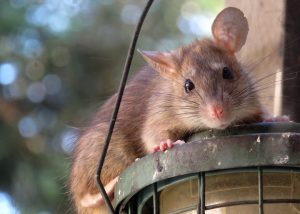Mice Can Grow Taste Buds in Their Lungs?!
Mice and Misplaced Taste Buds: A Tale of Lungs and Influenza

Hold onto your hats (or, you know, cheese)! A recent scientific discovery has revealed something strange and unexpected – mice can grow taste bud-like cells in their lungs after a bout of severe influenza. This finding, published in the journal Physiology Lung Cellular and Molecular Physiology, has researchers scratching their heads and rethinking what we know about lung function and repair.
The Unexpected Find
Researchers at the University of Pennsylvania were studying how lung tissue regenerates after influenza infection. They used a technique to identify different cell types present in the lungs. To their surprise, they discovered a population of cells in the lungs of mice that had recovered from severe influenza that looked remarkably similar to taste bud cells found on the tongue. These unexpected “lung taste buds” contained taste receptors typically associated with sweet, bitter, and umami flavors.
What Does it Mean?
The purpose and function of these misplaced taste buds remain a mystery. Scientists speculate that they might be involved in the lung’s healing process after influenza by helping to regulate mucus production or by acting as sensors for airborne irritants. More research is needed to understand their exact role.
Why is this Important?
This discovery sheds light on the remarkable adaptability of the lung and its potential for self-repair. Understanding how these “taste bud cells” contribute to lung healing could lead to advancements in treatments for lung diseases like chronic obstructive pulmonary disease (COPD) or asthma.
So, will mice start craving pizza after getting the flu? Probably not. These lung taste buds are likely more focused on sensing the internal environment of the lung than registering flavors like your favorite slice. However, this quirky finding underscores the fascinating complexity of the body and the ongoing quest to unlock its secrets.


